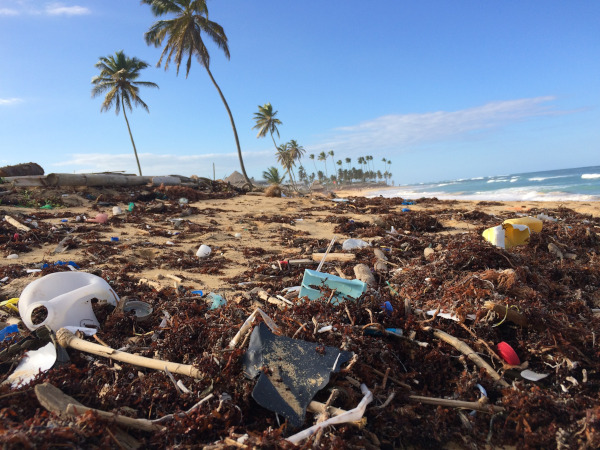Introduction
In politics and the media, people very often talk about “environmental problems” which need to be solved, as if there was an exact understanding of environmental problems. However, the definition of when we can call something an “environmental problem” is in itself problematic. In principle, any relation between humans and the environment can be seen as problematic.
So from which degree onward do we call something an “environmental problem”? Additionally, are all environmental problems really the same?
Scientists therefore distinguish several ideal-types of “environmental problems” that imply quite different types of governance arrangements as their possible solutions. Following these ideal-types (adapted after Yoder 1999), a spectrum of problems can be conceptualised where the two
extremes are:
Type 1: “Smokestack/Oil Spill Problems”
- Clear, concrete, and immediate environmental incidents
- Impact perceptible
- Mostly acute time horizons, usually low uncertainty but often high risk
Type 2: “Wicked Problems”
- No accepted definition of the problem, abstract and not widely understood
- Impacts not perceptible, effects hardly visible
- Clashing certainties: facts not only used politically, but also formed politically
